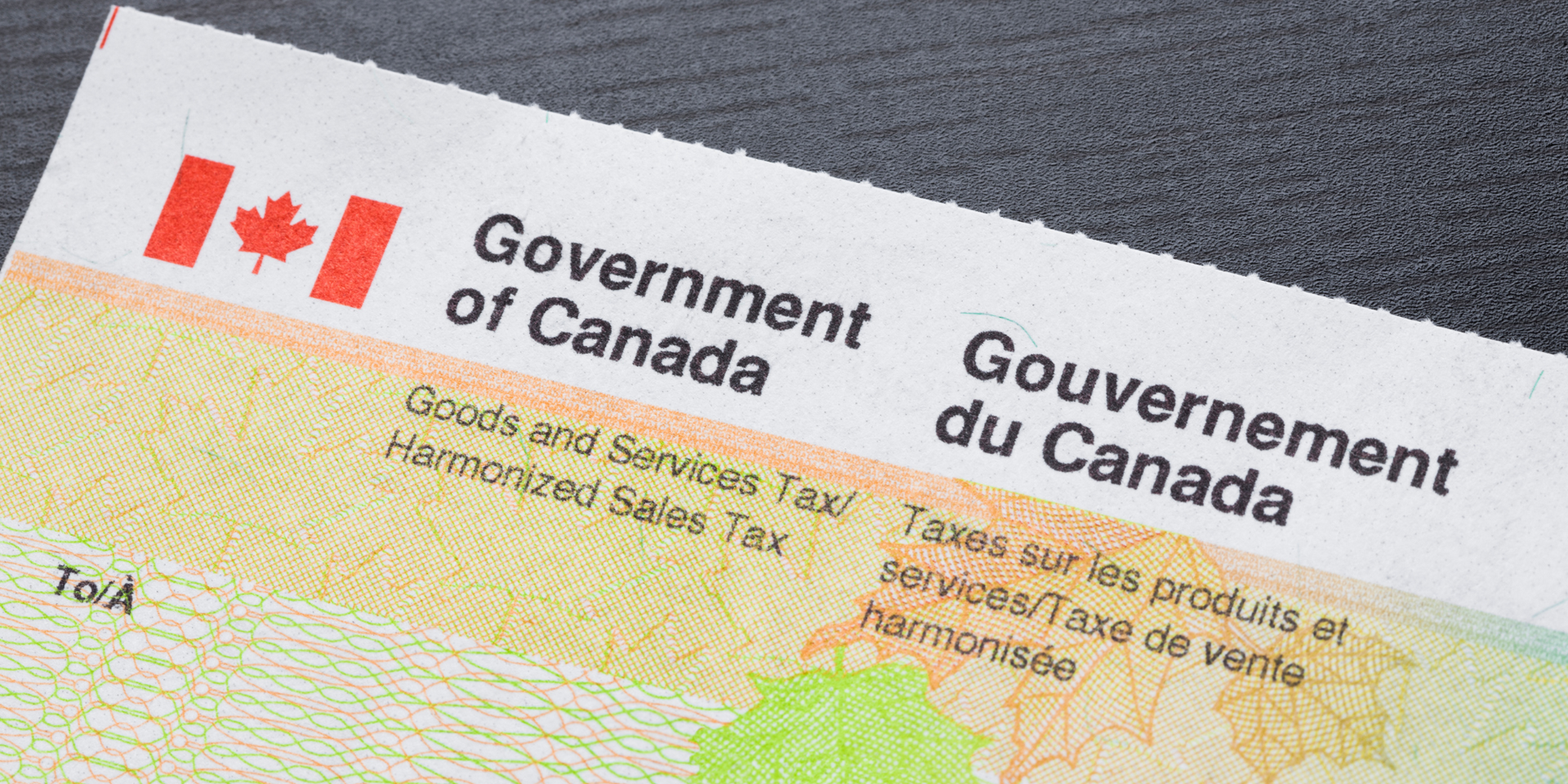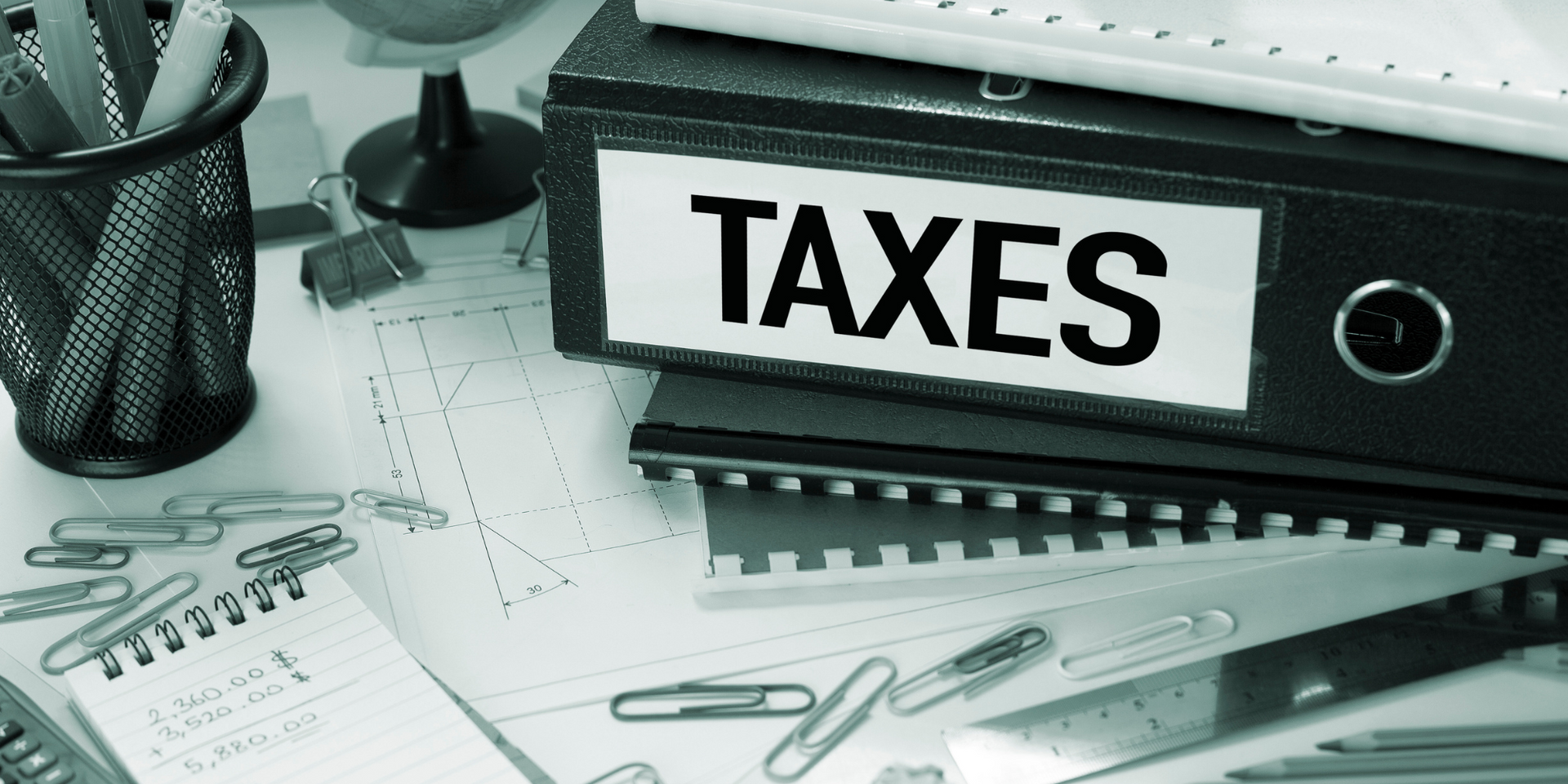Understanding Non-Resident Withholding Tax: Who Pays It and How It Works
If you've spent time living outside of Canada and are unsure about your tax obligations, you're not alone. Whether you considered another country your main home or simply lived abroad, it's crucial to understand how Canadian non-resident withholding tax applies to you.
The Canada Revenue Agency (CRA) imposes tax obligations on non-residents for most Canadian-source income. This means that if you're receiving income from Canadian sources while living abroad, understanding the intricacies of non-resident withholding tax is essential.
Canadian institutions, such as banks, typically withhold non-resident tax at a rate of 25% on various income types, including interest, dividends, and pension payments. Non-residents will receive an NR4 slip detailing their gross income and the amount of non-resident tax withheld. Importantly, if non-resident tax is withheld, it usually satisfies your final tax obligation to Canada, eliminating the need to file a Canadian return for that income.
Understanding how residency impacts your tax obligations is key to managing cross-border financial transactions. Let’s break down what you need to know about paying this tax, determining your residency status, and understanding important residency ties.
What is Non-Resident Withholding Tax?
Non-resident withholding tax is Canada’s way of ensuring non-residents contribute their fair share when they receive Canadian-source income. Regulation 105 dictates that businesses and institutions withhold taxes from non-residents for specific payments. So, even if you're living abroad and earning income from Canadian sources, you may still be subject to this tax.
Who Pays Withholding Tax?
The tax is paid by the entity making the payment to the non-resident, like a Canadian bank or a business. For instance, a Canadian bank withholds 25% from dividends or interest paid to non-residents. The rate may vary depending on the type of income or any applicable tax treaty between Canada and the non-resident’s home country.
Can Non-Resident Withholding Tax be Reduced?
Yes! If you're a resident of a country that has a tax treaty with Canada, you may be eligible for a reduced withholding tax rate. By filling out Form NR301, you could reduce your tax rate to 15%, depending on the type of income and the provisions of the tax treaty.
What is an NR4 Slip?
The NR4 slip is an official document provided to non-residents detailing income earned from Canadian sources and the amount of non-resident tax that has been withheld. It’s crucial to keep this document for your records, as it may fulfill your tax obligations to Canada. In most cases, you won't need to file a Canadian tax return if all of your income is covered by the non-resident withholding tax.
Reporting NR4 Income on a Canadian Tax Return
If you have additional Canadian income or specific criteria that require you to file a Canadian return, the NR4 slip must be reported. Income from the NR4 slip is entered on line 10400 of your T4 slips, while foreign taxes withheld are entered on line 40500. Always check your eligibility for a foreign tax credit if you've paid tax to another country.
Key Takeaways
- Regulation 105 requires Canadian entities to withhold taxes on income earned in Canada by non-residents.
- Institutions like banks withhold 25% non-resident tax on interest, dividends, and pensions.
- Non-residents receive an NR4 slip showing gross income and non-resident tax withheld for certain income types.












